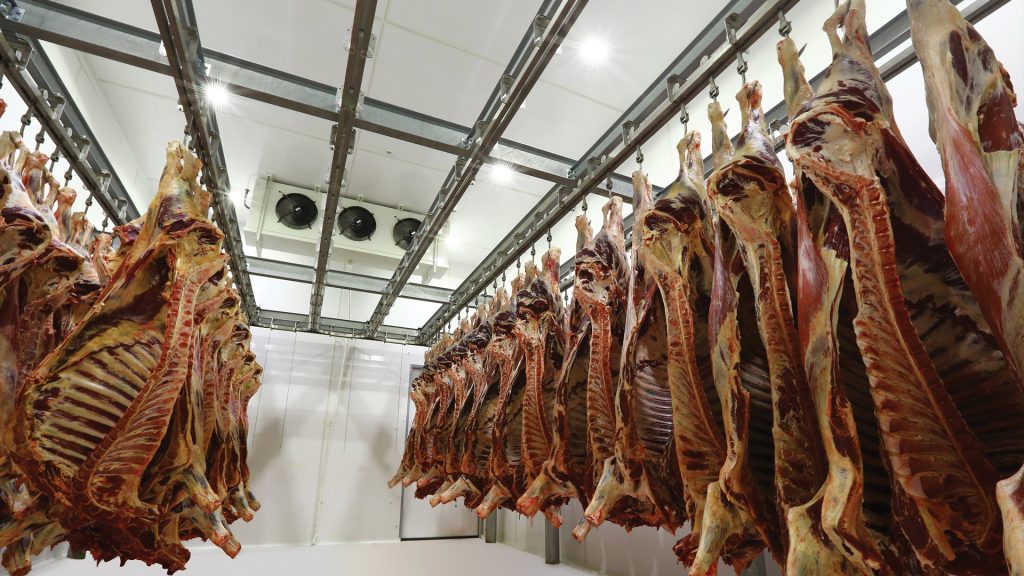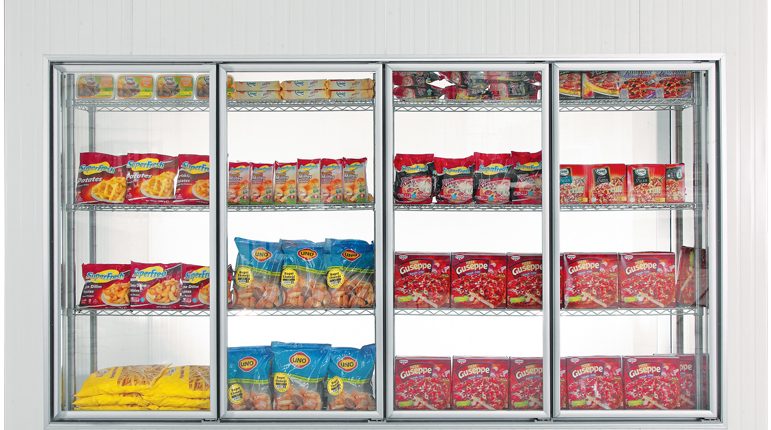Both in the food industry and in the pharmaceutical and cosmetic fields, you may have to choose a cold room for your company. Compliance with cold products is strictly controlled in these areas, the systems must be precise and powerful. The quality of cooling systems depends on the success of its operation. Below you’ll find everything you need to know about choosing a suitable cold room, expertise, offers and a supplier that meets your maintenance requirements.
What is Cold Storage?
Cold Storage is specially equipped for longer storage of food and other products at low temperatures. Cold storages generally contain products such as meat, fish, fruits and vegetables, dairy products, and bakery products. Cold storages are generally divided into two types: “Plus Cold Storages”, where temperatures are above 0°C, and “Deep Storages”, where temperatures are below 0°C.
These are usually large spaces that people can move around in. Cold storages are of great importance, especially in the food industry, because cold storage is a prerequisite for keeping up with the production and consumption chain, especially in the summer months. Fresh food is kept at a certain temperature uninterruptedly in the store from production to sale.
How Does Cold Storage Work?
Cold storages work like a refrigerator, are more powerful in performance, larger in size and the technical requirements are much higher. The most important component for a cold room operation is the refrigeration unit. This also consists of several parts:
A base plate on which the cooling unit is mounted
A compressor for transportation and absorption of refrigerant
A condenser to remove the heat of gas compressed by a fan
Two valves, one high and one low pressure
A junction box for the necessary wires
Cold can be produced in two ways. The first possibility is “direct” cooling. This is the system in which the cooling liquid evaporates and cools the products. This system is particularly efficient in terms of energy consumption. The second is “indirect” cooling. That is, the coolant acts on a cooling carrier. It then passes the liquid cold through a circuit. This system consumes more energy than the first, but can be more efficient in a large or complex facility because it is more flexible and offers more options.
There Are Three Types of Cold Storage. These;
Modular, Demountable Cold Room:
It is supplied in the form of kits consisting of several prefabricated parts: side panels, modular insulation panels, ceiling, floor, doors, boxes and various accessories. Cooling Systems are adapted according to these modules. The biggest advantage is that this cold room model can be dismantled and rebuilt depending on the conditions and transported when necessary. The Cooling Unit usually does not consist of just one block. Some panels are equipped with supports for the radiator block (or evaporator) of the system. The compressor, condenser and pressure reducing valve are not part of the cooling chamber.
Non-Detachable Cold Room Consisting of Prefabricated Components:
This type of cold rooms contain at least one prefabricated panel wall. Construction takes place on site. These plates are installed tightly and cannot be removed again




